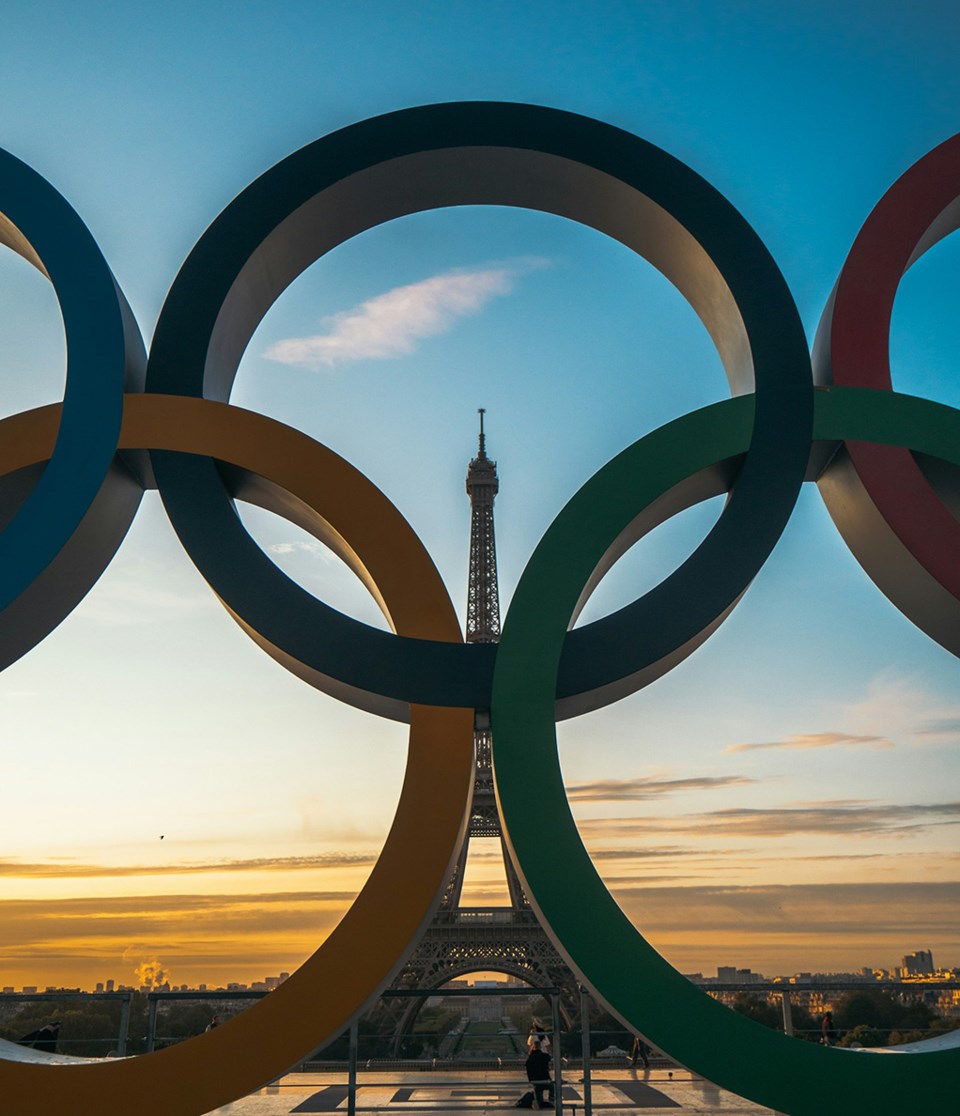As the lights go out on an outstanding Olympic Games in Paris, with and , it’s important to remember the Games aren’t over — it’s just the halfway mark.
While the closing ceremonies on Aug. 11 seemed like the end of the event with the , the 2024 Games are really just on pause.
This two-week break between Olympic and Paralympic Games isn’t a respite at all. Paris is now getting ready to host the Paralympic Games, which will .
In two weeks, a whole new set of elite international athletes will descend on Paris for the in the world. Canada will be sending to compete in 18 sports.
Staff will be working hard to set up venues for the Paralympic sports. This means tearing down some temporary venues and putting up others that facilitate accessibility for Paralympic sports, athletes and their entourage.
Transforming , which housed just over 14,000 athletes and team personnel for the Olympics, to get it ready for the 8,000 para athletes and staff for the Paralympic Games is no simple feat.
A logistical nightmare
At this juncture, the question often arises as to why the Olympics and Paralympics aren’t combined together into one Games. The reasoning behind the decision is more complicated than it might appear.
In 2001, the International Olympic Committee and the International Paralympic Committee signed the agreement to protect the interests of the Paralympic Games. The agreement requires host cities to stage both the Olympic and Paralympic Games using the same venues, facilities and infrastructure. This also unites the two sporting movements.
The sheer size of such an event would make it impossible for almost any city to host a single combined Olympic and Paralympic Games. Consider the logistics of an event that would include approximately 15,000 athletes over 50 sporting disciplines.
In the current iteration, there are already 15 cities outside of Paris playing host to events. For instance, sailing was , shooting was and the rowing and canoe-kayak events were . Even a city with the resources and infrastructure of Paris could not, and would not, host an event of that size.
Combining the games would necessitate a change in structure, and inevitably sports — likely Paralympic sports — would be dropped. Hence the two-week break between Games.
Paralympics deserve their own spotlight
The discussion about the separation of the two events goes much deeper than logistical concerns. Some supporters of the Paralympic Games see the need and value for a that showcases and highlights elite athletes with disabilities.
IPC President Andrew Parsons, for example, argues that hosting the Paralympic Games separately of drawing attention to “issues of disability rights, accessibility, and broader areas of inclusion for the legacy of the event.”
The distinct Paralympic event showcases the elite performances of Para athletes, giving them the attention and celebration deserved. All too often, Para athletes’ successes are overshadowed by the , often marginalizing or overlooking the achievements of athletes with disabilities.
The challenge, then, is for the host city to maintain the momentum from the Olympics and ensure Paralympic athletes receive the recognition they deserve for their sporting successes. The Canadian Paralympic Committee launched their campaign recently to highlight the stories of excellence of Paralympic athletes and galvanize support and viewership.
A lasting legacy
Ultimately, the Paralympic Games showcase elite sporting excellence in a way that no other event does. But the Games are about so much more — championing inclusion, disability rights and a lasting legacy of social change.
Paris is an example of a city that has stepped up to the challenge. It put , knowing full well the challenge ahead of them in the historic city.
Leading into the Games, the city has made good on and increasing opportunities for people with disabilities. The city upgraded the overground transportation network by adding fully accessible bus and tram lines, and introduced 1,000 accessible taxis.
They also tackled some challenging tasks, such as upgrading historic venues into accessible sporting spaces. More than €10 million was allocated to improve the accessibility of six major sports facilities, including the and the .
The aim is to sustain the momentum, not only between the Olympic and Paralympic Games, but long after they conclude, with the goal of creating a more in France.
Leading up to the start of the Paralympics, there is some concern about whether the momentum will be there from a viewership perspective and spectators in the stands. The Tokyo 2020 Paralympic Games set records for viewership in a Games that was largely devoid of spectators in the stand due to the COVID-19 pandemic.
American reported 15.5 million viewers per night for the 2020 Olympic Games, in contrast to 14 million viewers in total for the 2020 Paralympic Games.
But many of us will be looking more at the momentum of the event to be a catalyst for inclusion, access and opportunity beyond the events. Once all the lights go out on the Games, it is the lasting legacy of social change that will be the ultimate judge of the success of both the Olympic and Paralympic Games.![]()
, Professor & Director, School of Kinesiology,
This article is republished from under a Creative Commons license. Read the .




